The discovery will open up a "green circular model" for mining valuable rare earth elements.
The discovery of nanoscale monazite in a living plant “opens new possibilities for the direct recovery of functional materials from rare earth elements,” the researchers said.
“To our knowledge, this is the earliest report of rare earth elements crystallizing as minerals inside a hyperaccumulator plant,” the team said.
In the paper, the scientists describe hyperaccumulators as plants that can concentrate heavy metals or metalloids in their tissues at levels hundreds to thousands of times higher than in the surrounding soil.
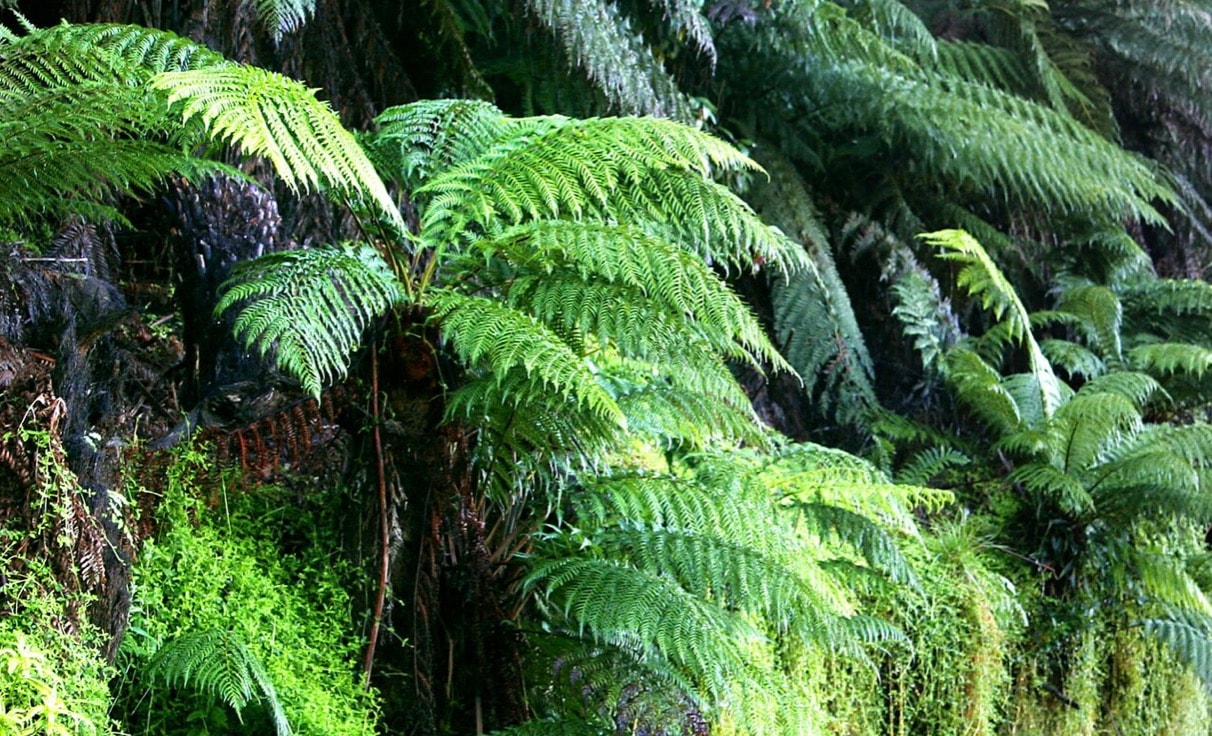
“This work demonstrates the feasibility of phytoremediation of metals and presents an innovative, plant-based approach for the sustainable development of rare earth element resources,” the team wrote in a paper published in this month’s issue of the journal Environmental Science & Technology .
Researchers from the Guangzhou Institute of Geochemistry of the Chinese Academy of Sciences collaborated with a geoscientist from the Department of Earth Sciences at Virginia Tech University in the US for the work.
Phytomining is a green method that uses hyperaccumulator plants to extract metals from soil. This underexplored strategy offers the potential for a sustainable supply of rare earths, the researchers say.
“This strategy reduces dependence on conventional mining while minimizing the associated environmental and geopolitical risks,” the team said.
Monazite is a phosphate mineral rich in rare earth elements, including cerium, lanthanum, and neodymium.
While monazite typically forms under pressure and temperatures of hundreds of degrees Celsius, plants represent an alternative pathway for the mineral's formation under normal Earth surface conditions, scientists say.
In the study, the researchers collected specimens of a known rare-earth hyperaccumulator plant—an evergreen fern called Blechnum orientale —and the soil around them. The specimens were collected and transported from rare-earth mines in the southern Chinese city of Guangzhou.
The research provides "a new path for the sustainable use of rare earth resources," the Guangzhou Institute of Geochemistry said in a statement on Thursday.
"By cultivating hyperaccumulator plants, high-value rare earth elements can be recovered from plants, while simultaneously remediating soil pollution and restoring the ecosystem of rare earth dumping sites, thereby realizing the green circulation model of 'remediation and recycling'," the institute said.
Source: https://congluan.vn/trung-quoc-phat-hien-khoang-chat-dat-hiem-tu-cay-duong-xi-10317515.html


![[Photo] Prime Minister Pham Minh Chinh attends a conference to review one year of deploying forces to participate in protecting security and order at the grassroots level.](https://vphoto.vietnam.vn/thumb/1200x675/vietnam/resource/IMAGE/2025/11/12/1762957553775_dsc-2379-jpg.webp)




![[Photo] Highways passing through Dong Nai](https://vphoto.vietnam.vn/thumb/1200x675/vietnam/resource/IMAGE/2025/11/12/1762940149627_ndo_br_1-resize-5756-jpg.webp)




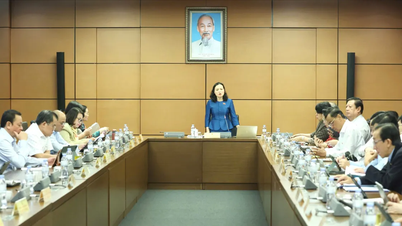

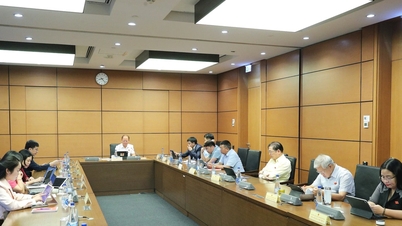









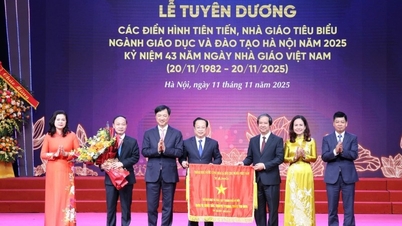





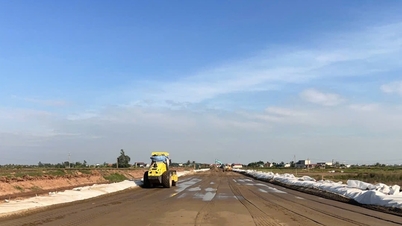
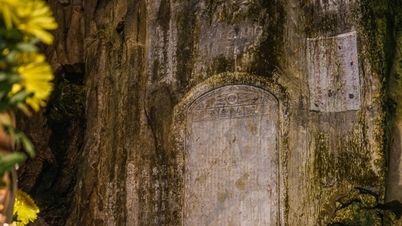

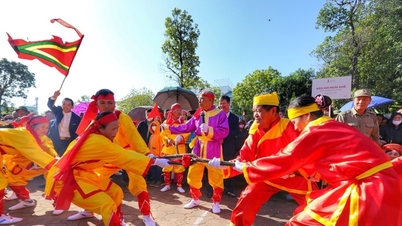








































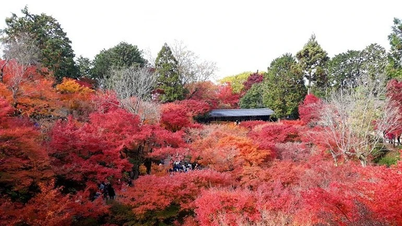









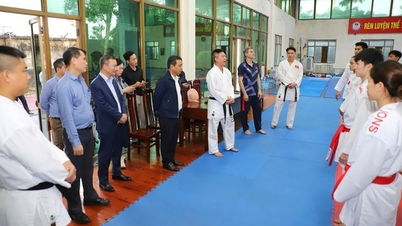








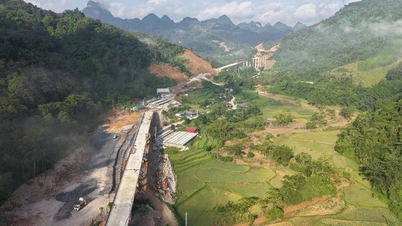
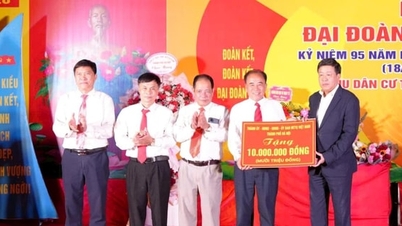

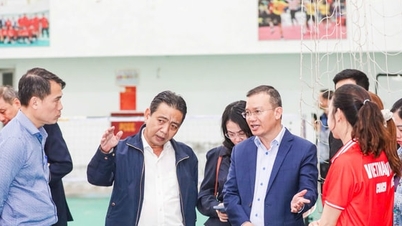







![Dong Nai OCOP transition: [Article 3] Linking tourism with OCOP product consumption](https://vphoto.vietnam.vn/thumb/402x226/vietnam/resource/IMAGE/2025/11/10/1762739199309_1324-2740-7_n-162543_981.jpeg)







Comment (0)